Introduction
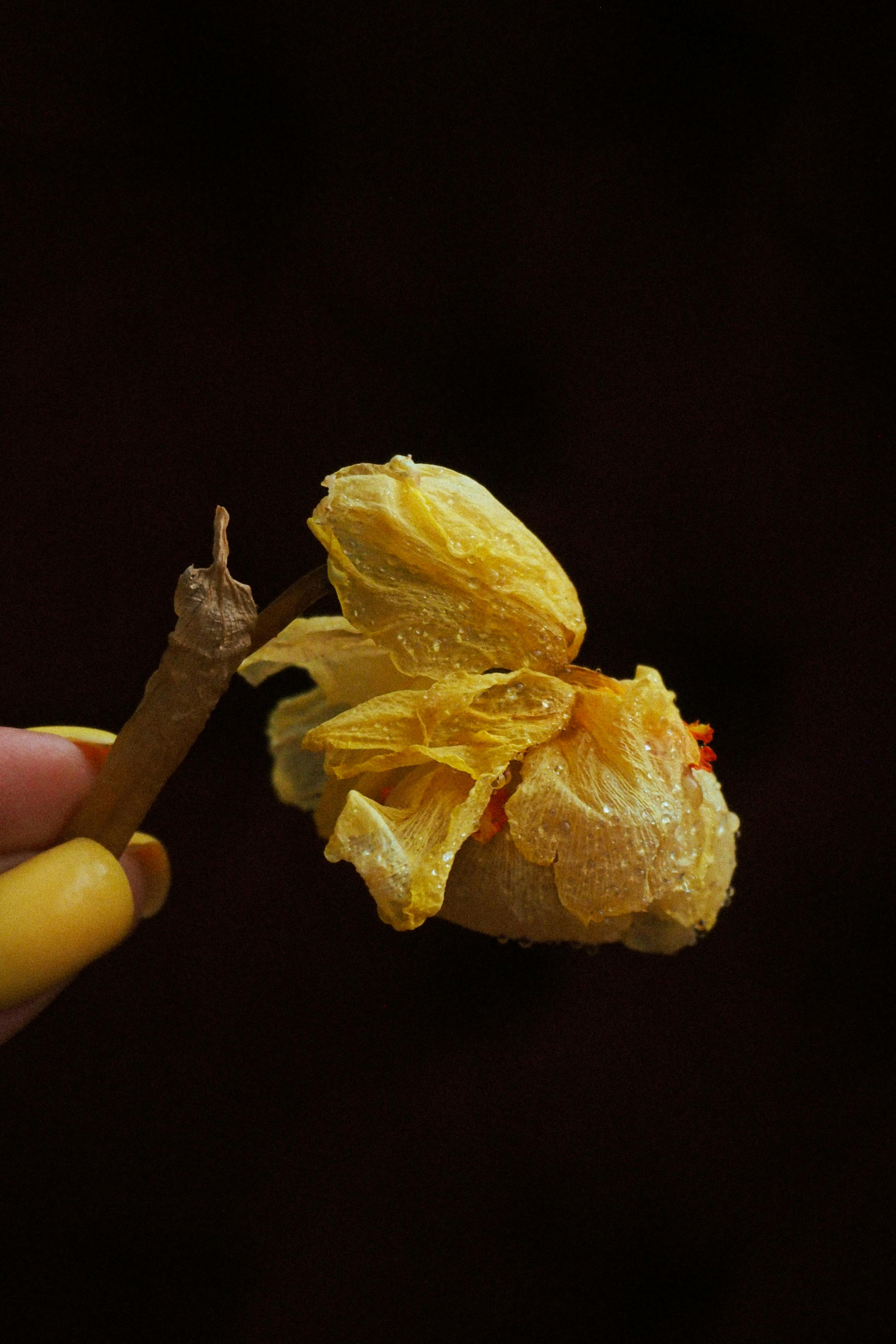
Birds are a common sight in gardens and outdoor spaces, and offering them bird seed is a popular way to attract and support them. However, it’s crucial to be mindful of the quality of the bird seed we provide. Moldy bird seed can pose significant risks to birds’ health and well-being. In this article, we will explore what moldy bird seed is and the potential dangers it presents.
What is Moldy Bird Seed?

Moldy bird seed refers to birdseed that has become contaminated or infested with mold, a type of fungus that thrives in moist and warm conditions. When bird seed becomes moldy, it may appear discolored with a fuzzy or powdery texture and emit a musty odor. These visible signs indicate that the birdseed has been compromised and is no longer safe for consumption.
Risks of Moldy Bird Seed
The presence of mold in bird seed can have detrimental effects on the health of birds. Mold produces toxins known as mycotoxins, which can cause various health issues, including liver damage, respiratory problems, and weakened immune systems.
Birds that consume moldy bird seed may experience symptoms such as lethargy, decreased appetite, weight loss, difficulty breathing, and gastrointestinal problems. Ingesting mycotoxins can lead to long-term health complications and, in severe cases, even death. The risks associated with moldy bird seed apply not only to wild birds but also to pet birds kept in captivity.
Additionally, moldy bird seed can attract unwanted pests, such as insects and rodents, which can further contaminate the seed and introduce diseases that harm the birds. Promptly detecting and addressing moldy bird seed is crucial to prevent such infestations.
In summary, moldy bird seed refers to birdseed that has been infected with mold, a fungus that produces harmful toxins. Birds consuming moldy bird seed may experience a range of health issues, and the moldy seed can also attract pests that pose additional risks. By being aware of these dangers, we can take proactive steps to prevent and address moldy bird seed, ensuring the well-being of our avian friends. In the following sections, we will explore effective prevention measures, cleaning and sanitizing techniques, and safe disposal methods for moldy bird seed.
Prevention
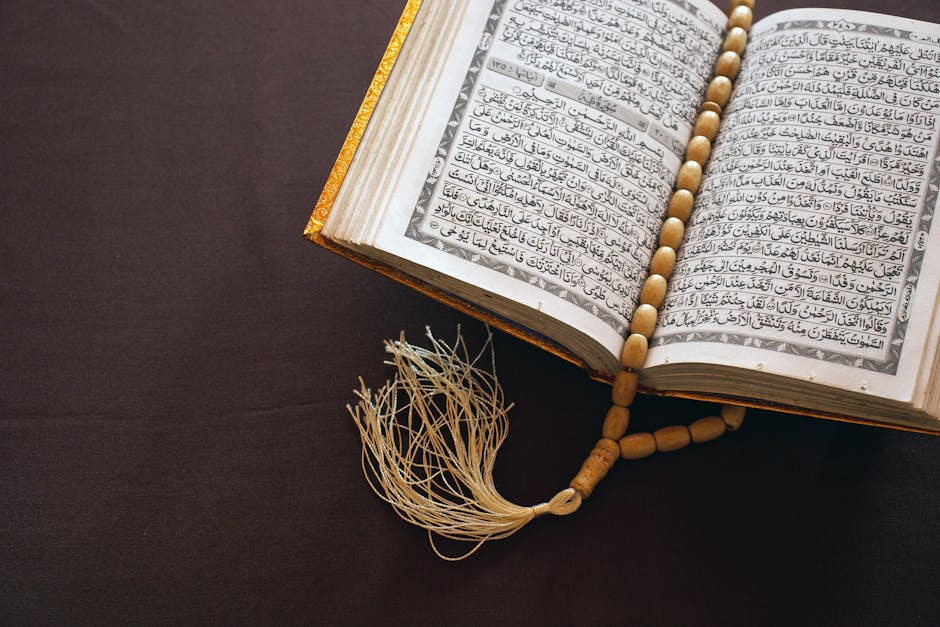
Proper Bird Seed Storage
Proper storage of bird seed is essential to prevent mold growth and ensure the health of your feathered friends. Follow these guidelines to maintain the freshness and quality of your bird seed:
-
Moisture control: Store bird seed in a dry location, avoiding basements, garages, or other humid areas. Choose a cool and dry spot in your home.
-
Air circulation: Allow adequate air circulation around the bird seed storage area to prevent moisture buildup. Consider using breathable containers or bags that allow air to flow through while keeping pests out. Avoid tightly sealed plastic bags that can trap moisture.
-
Temperature control: Store bird seed in a cool location, away from direct sunlight or extreme heat sources like radiators or heating vents.
-
Sealability: Use airtight containers or bags to keep moisture and pests out. Ensure the container or bag is tightly sealed after each use to maintain the freshness of the bird seed.
Bird Seed Selection
Choosing the right bird seed is crucial for preventing mold growth and promoting the well-being of birds. Consider the following factors when selecting bird seed:
-
Quality bird seed: Opt for high-quality bird seed from reputable brands or suppliers. Look for fresh seeds without signs of discoloration or moisture. Avoid purchasing bird seed that appears clumped together or has an unpleasant odor, as these may indicate the presence of mold.
-
Avoid additives: Some bird seed mixes contain additives like dried fruit, nuts, or other ingredients. These additives can increase the risk of mold growth. Choose plain bird seed without any additional components.
-
Rotate stock: Purchase bird seed in smaller quantities to ensure freshness. Buying excessive amounts that may sit unused for a long time increases the likelihood of mold development. Rotate your stock regularly to ensure birds consume fresh and mold-free seed.
-
Check for freshness: Before purchasing bird seed, check the packaging for the manufacturing or expiration date. Opt for seeds with a more recent production date to ensure maximum freshness. Avoid buying bird seed that has been sitting on store shelves for an extended period.
-
Clean storage containers: If reusing storage containers, thoroughly clean and sanitize them before refilling with fresh bird seed. Residual moisture or mold spores from the previous batch of seed can contaminate the new supply. Wash containers with hot, soapy water, rinse thoroughly, and allow them to dry completely before use.
By implementing proper bird seed storage practices and selecting high-quality seed, you can greatly reduce the risk of mold growth and provide a healthy feeding environment for your avian visitors. In the next section, we will explore the importance of cleaning and sanitizing bird seed feeders to further prevent mold contamination.
Cleaning and Sanitizing Bird Seed Feeders
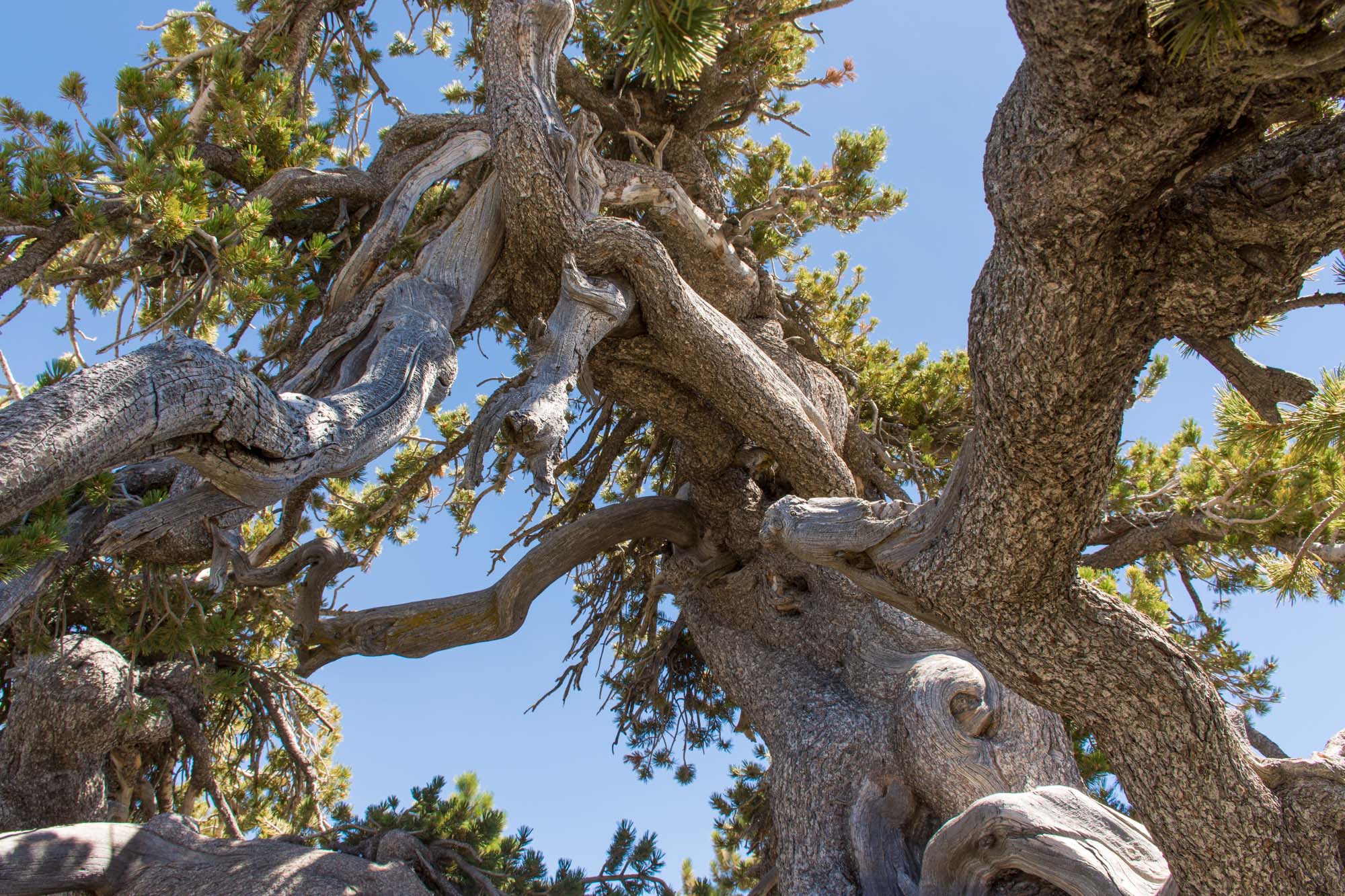
To ensure the health and well-being of birds, it’s important to clean and sanitize bird seed feeders properly. Follow these steps to maintain a safe feeding environment:
-
Remove remaining bird seed: Empty the feeder of any leftover bird seed, discarding any moldy or spoiled seeds in a sealed bag.
-
Wash with hot soapy water: Use a bottle brush or scrub brush with hot soapy water to thoroughly clean the feeder, paying special attention to areas where mold or mildew may have developed.
-
Rinse with clean water: Thoroughly rinse the feeder to remove any soap residue that could be harmful to birds.
-
Air dry completely: Allow the feeder to air dry completely before refilling it with fresh bird seed, ensuring there is no moisture that could encourage mold growth.
-
Regular maintenance: Clean bird feeders at least once a month to prevent mold and bacteria buildup, keeping the feeding environment safe for the birds.
Sanitizing Bird Seed
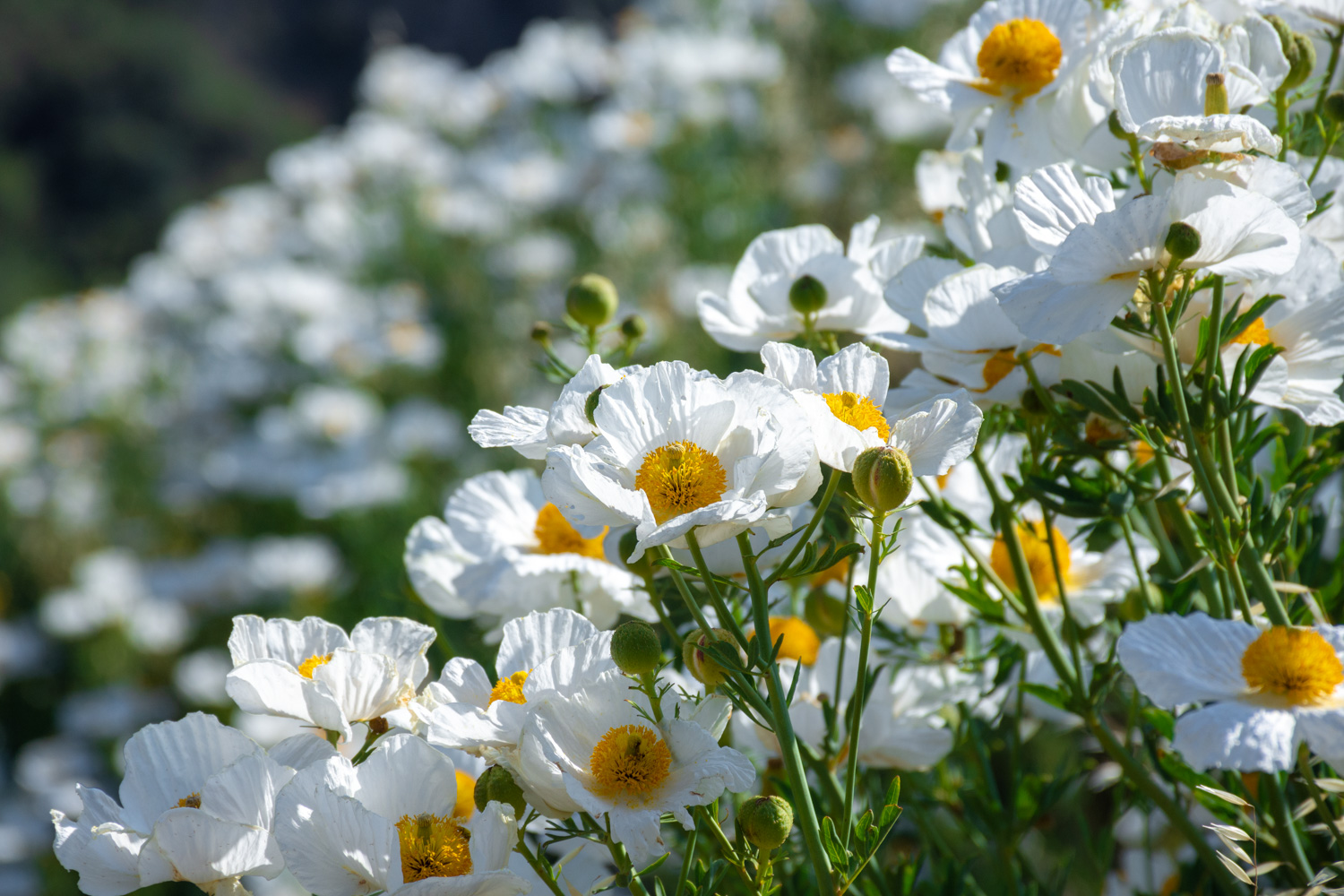
If bird seed becomes moldy, it’s best to discard it to prevent potential health risks to birds. However, you can take preventive measures to avoid mold growth in bird seed:
-
Proper storage: Store bird seed in a cool, dry place in airtight containers away from direct sunlight to minimize moisture and mold growth.
-
Freezing method: Freeze bird seed in a sealed bag or container for at least 48 hours to kill potential mold spores. Thaw it to room temperature before using.
-
Heat treatment: Use caution when using heat treatment to sanitize bird seed. Preheat the oven to around 150°F (65°C), spread the seed evenly on a baking sheet, and heat for approximately 10-15 minutes. Allow it to cool before offering it to the birds.
Remember, prioritize the health and well-being of birds by implementing proactive cleaning and sanitizing practices for bird seed feeders, as well as proper storage and handling of bird seed.
Disposing of Moldy Bird Seed

To prevent the spread of harmful spores, it’s crucial to follow safe disposal methods for moldy bird seed:
-
Containment: Seal the moldy bird seed in a plastic bag or airtight container to prevent spore spread.
-
Outdoor Trash Bin: Dispose of the sealed moldy bird seed in an outdoor trash bin to minimize the risk of spore release indoors.
-
Avoid Composting and Recycling: Do not compost or recycle moldy bird seed, as the composting process may not eliminate pathogens and mold spores effectively.
-
Prevent Contamination: Keep the moldy bird seed separate from other food or organic waste to avoid cross-contamination.
By following these safe disposal methods, you can minimize potential risks associated with moldy bird seed and protect the well-being of birds and the environment.
Composting Moldy Bird Seed
![]()
Composting moldy bird seed can be an option under specific circumstances. Consider the following:
-
Compost Pile Conditions: Ensure you have a well-maintained compost pile that reaches and maintains high temperatures (exceeding 140°F or 60°C) to kill off potential pathogens and mold spores.
-
Small Amounts: Only add small amounts of moldy bird seed to your compost pile to maintain the balance of the composting process.
-
Regular Monitoring: Monitor the compost pile regularly, turning it periodically to promote proper decomposition and heat distribution.
-
Quality Assurance: If you’re uncertain about the compost quality or your compost pile doesn’t reach the necessary temperatures, prioritize safe disposal methods to prevent potential risks.
Remember, composting moldy bird seed should only be pursued if you have the appropriate conditions and expertise to maintain a high-temperature compost pile. When in doubt, it’s safer to use safe disposal methods for moldy bird seed.
Conclusion

Summary
In this comprehensive guide, we have explored the topic of moldy bird seed, understanding its risks and learning effective prevention, cleaning, and disposal methods. Moldy bird seed poses significant health hazards not only to our feathered friends but also to humans who handle the contaminated seed. It is crucial to address this issue promptly to ensure the well-being of both birds and bird enthusiasts.
We began by discussing what moldy bird seed is and the potential risks it poses. Mold growth in bird seed can lead to the production of mycotoxins, which can cause various health problems in birds, including respiratory issues, digestive disorders, and weakened immune systems. Additionally, humans can be exposed to these toxins through direct contact or inhalation, leading to allergic reactions and other health complications.
To prevent mold growth, proper bird seed storage and selection are key. Storing bird seed in a cool, dry place in airtight containers can help minimize moisture and inhibit mold development. Choosing high-quality bird seed from reputable sources also reduces the chances of purchasing contaminated batches.
Regular cleaning and sanitizing of bird seed feeders are crucial to maintain a mold-free environment. Effective methods for cleaning feeders include using mild soap and warm water or a diluted bleach solution. Sanitizing bird seed by briefly immersing it in boiling water can also help eliminate potential mold spores.
When moldy bird seed is detected, safe disposal methods are essential to prevent further contamination. Options such as sealing the moldy seed in plastic bags and disposing of it in sealed trash containers or composting it according to specific guidelines for composting organic matter can be considered.
Final Reminders
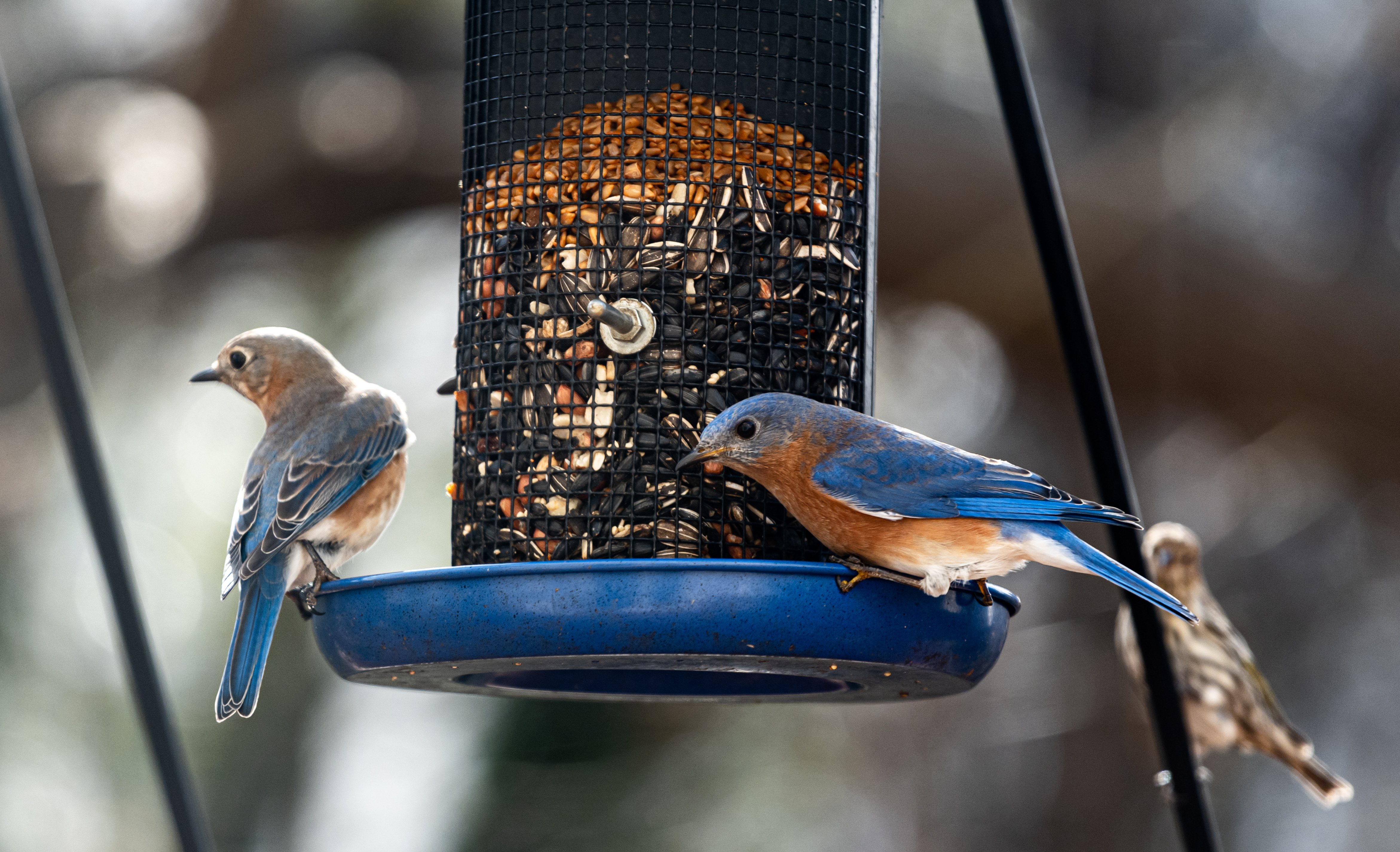
As we conclude, let’s recap some essential reminders to ensure the well-being of birds and maintain a safe feeding environment:
-
Prevention: Store bird seed in a cool, dry place to discourage mold growth. Inspect the seed regularly for signs of mold, discarding any spoiled batches promptly.
-
Cleaning and Sanitizing: Regularly clean bird seed feeders using mild soap or a diluted bleach solution. Sanitize bird seed by briefly immersing it in boiling water to eliminate potential mold spores.
-
Consider Alternatives: If moldy bird seed becomes a recurring issue, consider offering fresh fruits, vegetables, or commercially prepared bird seed mixes as alternative food sources.
-
Seek Veterinary Advice: If your birds have consumed moldy bird seed and are displaying signs of illness, consult with a veterinarian or avian expert for proper guidance and treatment.
-
Responsible Bird Feeding: Emphasize the importance of providing clean and safe food sources for our feathered friends. Responsible bird feeding contributes to their overall health and well-being.
By following these final reminders, you can create a healthy feeding environment for birds and reduce the risk of moldy bird seed-related issues.
Remember, being proactive in addressing moldy bird seed is essential for the health and safety of birds and humans alike. Implement the preventive measures, cleaning techniques, and safe disposal methods discussed in this article to enjoy the presence of vibrant and thriving birds while ensuring their well-being. Let’s continue to nurture and care for our avian companions responsibly.
Frequently Asked Questions
Frequently Asked Questions
Q: Can birds get sick from eating moldy bird seed?

A: Yes, birds can become ill from consuming moldy bird seed. Mold produces toxins known as mycotoxins, which can cause liver damage, respiratory problems, weakened immune systems, and other health issues in birds.
Q: What are the signs that bird seed is moldy?
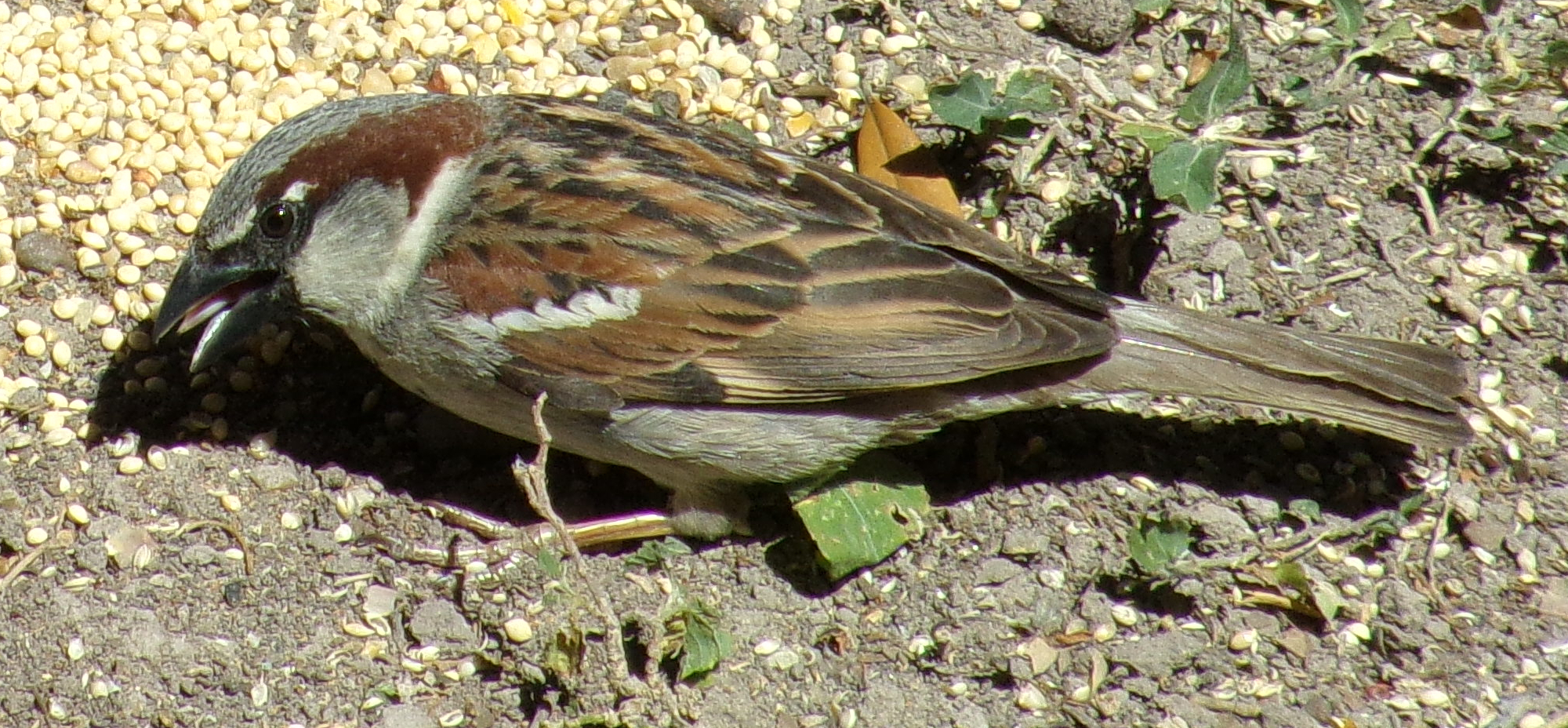
A: Moldy bird seed may appear discolored with a fuzzy or powdery texture. It may emit a musty odor. These visible signs indicate that the bird seed has been compromised and is no longer safe for consumption.
Q: How can I prevent bird seed from getting moldy?
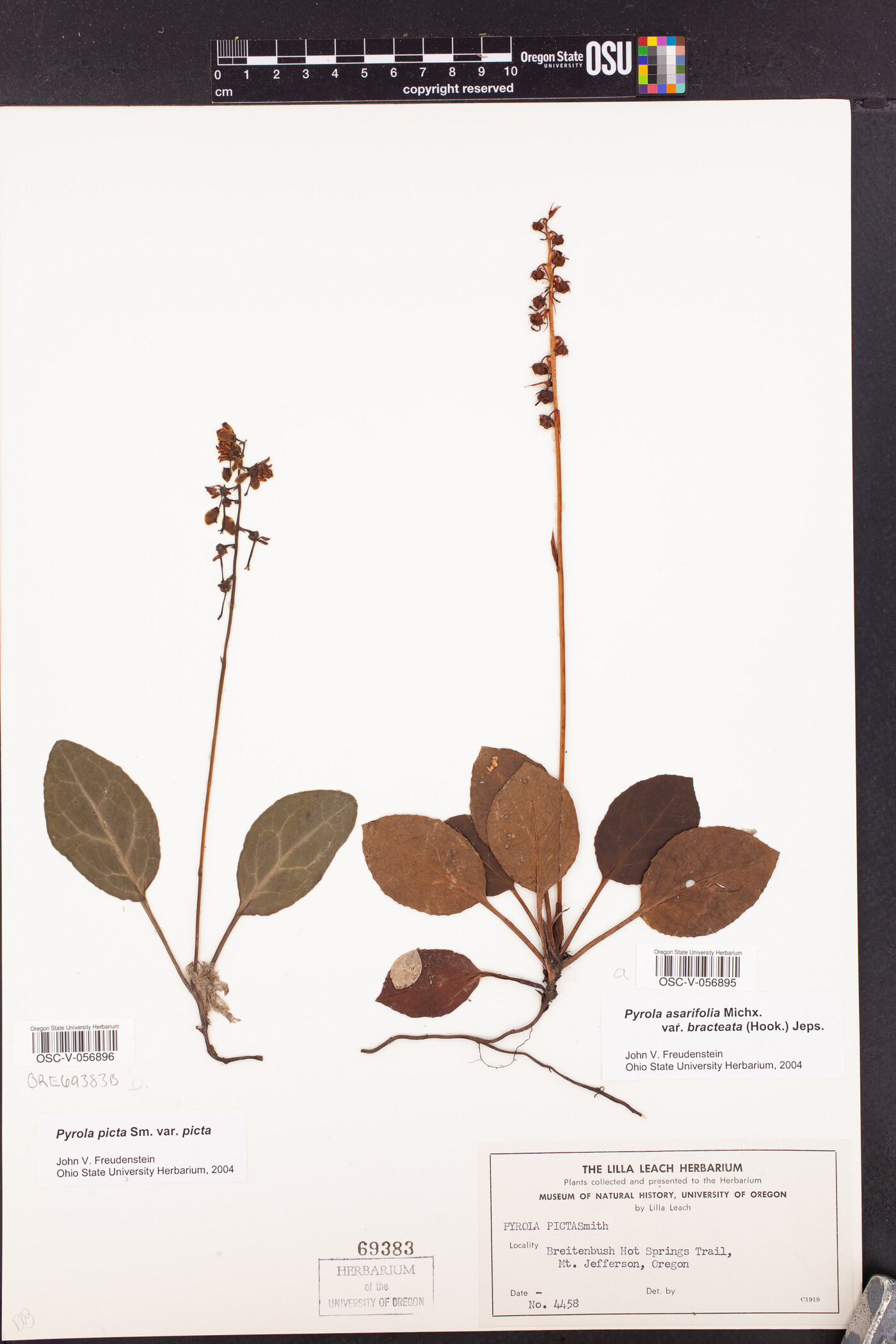
A: To prevent bird seed from getting moldy, store it in a cool, dry location in airtight containers. Avoid basements, garages, or other humid areas. Ensure proper air circulation around the storage area and use breathable containers. Rotate stock regularly and choose high-quality bird seed without additives.
Q: How should I clean bird seed feeders to prevent mold contamination?
![]()
A: To clean bird seed feeders, remove any remaining bird seed and wash the feeder with hot soapy water. Rinse thoroughly and allow it to air dry completely before refilling with fresh bird seed. Clean bird feeders at least once a month to prevent mold and bacteria buildup.
Q: What is the best way to dispose of moldy bird seed?

A: To dispose of moldy bird seed, seal it in a plastic bag or airtight container to prevent spore spread. Dispose of it in an outdoor trash bin, separate from other organic waste. Do not compost or recycle moldy bird seed, as the composting process may not effectively eliminate pathogens and mold spores.

Leave a Reply